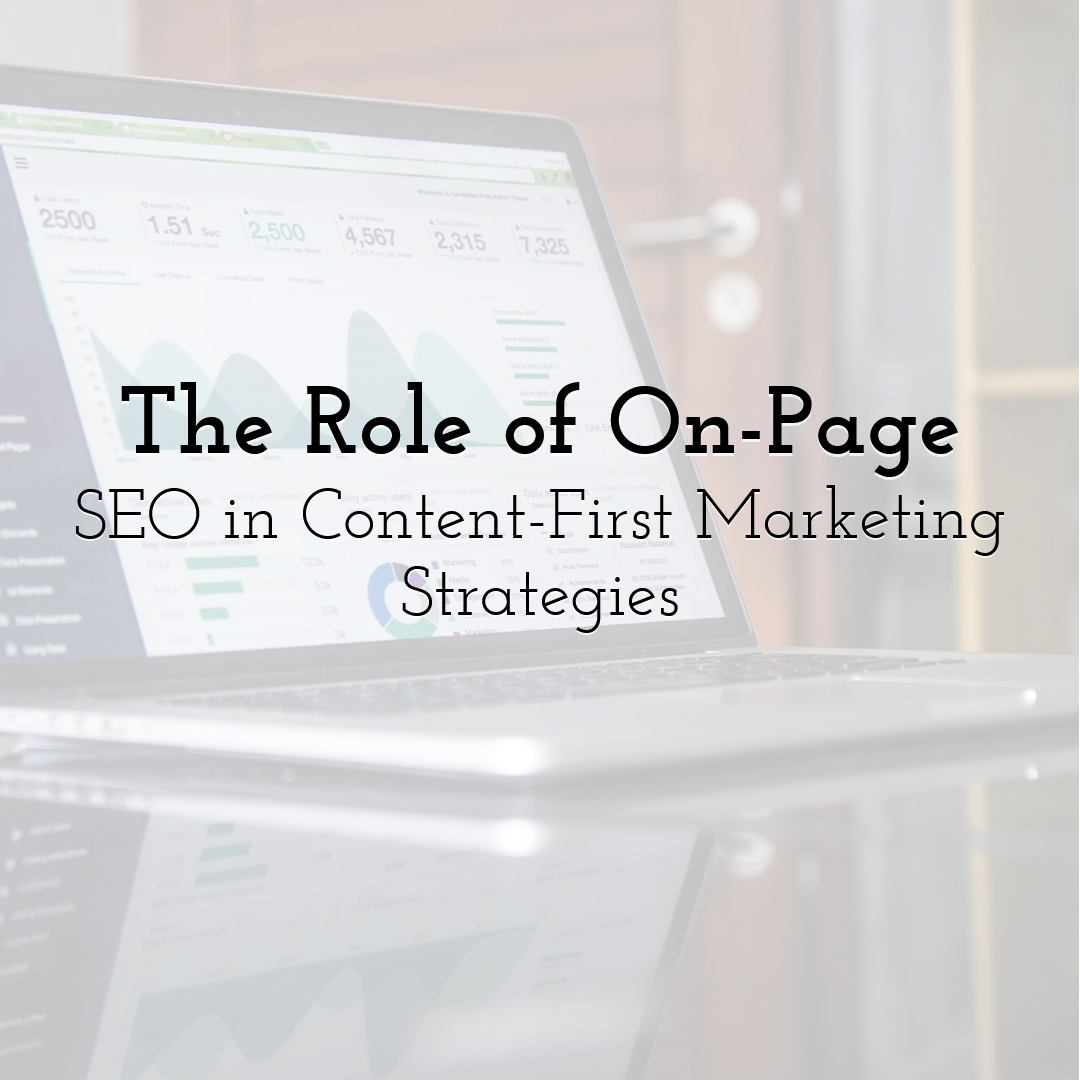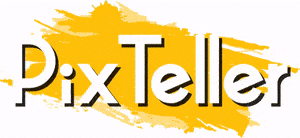Humanizing Your Brand Through Authentic Stories

The story is as old as time, but most marketers know that people buy from other people, not corporations. When customers have multiple similar products to choose from, they're really choosing between the stories those brands decide to tell.
We're sure your business has stories worth telling, too. Maybe it's how you started out in your garage, overcame a major obstacle, or helped a customer in a way they didn't expect. All these stories can be the starting point of making your brand stand out from the rest. So why not try it out?
Why Stories Work

Stories stick because they trigger emotions. Customers might forget your product specifications, but they'll remember how your business stayed up all night to fix their urgent problem. That emotional connection drives loyalty far better than any discount or promotion.
When someone hears such authentic stories, they start seeing your brand differently, and you're no longer just another vendor. Instead, you become the company that really gets it and shares the same values as the customer. This transformation from faceless business to relatable ally is what makes storytelling such a powerful tool in marketing efforts.
What Stories Should You Tell?

When choosing your brand story, be thoughtful and deliberate. This narrative will become the soul of your business, so avoid rushing into a poorly crafted story that misrepresents your values.
Your origin story
Communicating your origin story is the most popular approach to brand storytelling. If you want to use this angle, share why you started your business. What problem needed solving, and what "aha moment" showed you there had to be a better way?
Skip the sanitized corporate version and tell the authentic story, including the messy parts. Customers connect much more with the real challenges that brought your business to life than a polished narrative suggesting there were no obstacles.
Your team's stories
Another way to tell a story is to highlight the people who make your business run. Feature the customer service rep who goes above and beyond, the developer who built that clever feature, or the warehouse worker who catches shipping errors before they happen.
Real people make your brand feel real.
Customer wins
Remember that customers and their experience with your business are a big part of how the rest perceives your brand. So, let satisfied customers tell their own stories about what they preferred in your services or products over competitors, and how you made them feel heard and appreciated. Essentially, these stories carry weight because they come from peers, not from you.
The everyday moments
The last storytelling approach is showing what happens behind the scenes. How does your business handle a rush order? What does your team do when something goes wrong? These glimpses into your operations build trust because they show transparency.
Where to Share These Stories

Social media works well for quick, visual stories. Therefore, you can use it to post a photo of your team celebrating a milestone with a short caption explaining its meaning. Keep it casual and conversational, as social media audiences respond best to straightforward communication.
If you find that short-form content is not enough to represent your business, use your website to craft more in-depth and detailed narratives. Create an "About" page that tells your real story without corporate jargon. In addition, use your business blog section to feature customer stories and team spotlights that show the human side of your business.
Lastly, don't forget the power of newsletters. Email newsletters allow you to develop stories over time with an audience that's already engaged. Share project updates, introduce team members, or follow up on customer stories your readers already know. This sequential storytelling will definitely build a much deeper connection with your audience.
The Tools You'll Need

Good storytelling requires some basic digital tools. Content creation platforms help you produce professional-looking materials without hiring a designer, and analytics tools show you which stories your audience actually reads and shares.
Social media schedulers keep your stories flowing consistently across platforms. Customer management systems help you organize and track the success stories that come from satisfied clients.
Multiple team members will need access to these platforms and tools. Whether you're a small business or a large organization, enterprise password managers are essential for maintaining security. So, remember to employ such a tool and enable seamless team collaboration on content creation and publishing.
Make It Sustainable
Don't try to make your business a content machine overnight. Instead, start with one story per week and build from there. In such cases, consistency matters more than frequency.
Every business has compelling stories hiding in plain sight. The challenge isn't finding them – it's recognizing their value and presenting them in ways that genuinely serve your audience.
Your customers want to know the real you. So, when you consistently share authentic stories, you build relationships that go deeper than transactions. Take advantage of this powerful marketing tool and create connections with your customers that become your strongest competitive advantage.
Until next time, Be creative! - Pix'sTory
Recommended posts
-

Navigate the Pros and Cons of AI-generated images for Your Businesses
Read More › -

Future Trends in Digital Marketing
Read More › -

How Advertising Adds Value to Your Brand
Read More › -

5 Major Usability Issues at the Design Stage
Read More › -

How to Use Video Background on Your Website
Read More › -

The Role of On-Page SEO in Content-First Marketing Strategies
Read More ›
